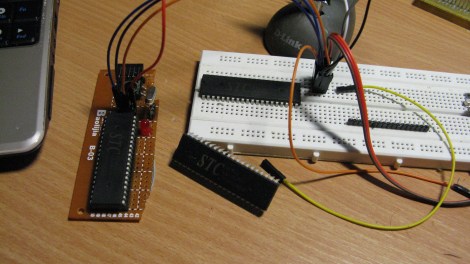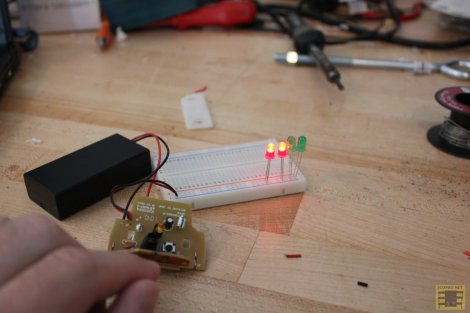
[Julian] was really excited to get his hands on a Nest learning thermostat. It’s round, modern design will make it a showpiece in his home, but he knew there would be a few hiccups when trying to take advantage of its online features. That’s because [Julian] lives in Spain, and Nest is only configured to work in North America. But as you can see above, he did a bit of hacking to get it displaying his actual location.
The Nest is web-connected and phones home to the company’s server to handle configuration. Since they’ve made the decision to only support a portion of the world [Julian] had to do a little bit of digging to bend it to his will. He used Wireshark to sniff the packets it was sending. The calls to the company’s server use SSL, but the device also contacts the Weather Underground for data and this is not encrypted. So he was able to intercept that with his router and inject custom information. It’s not a full solution, but he’s part way there.
We’d really like to see what is possible with this device so please send us a link to any Nest hacks of your own.

















